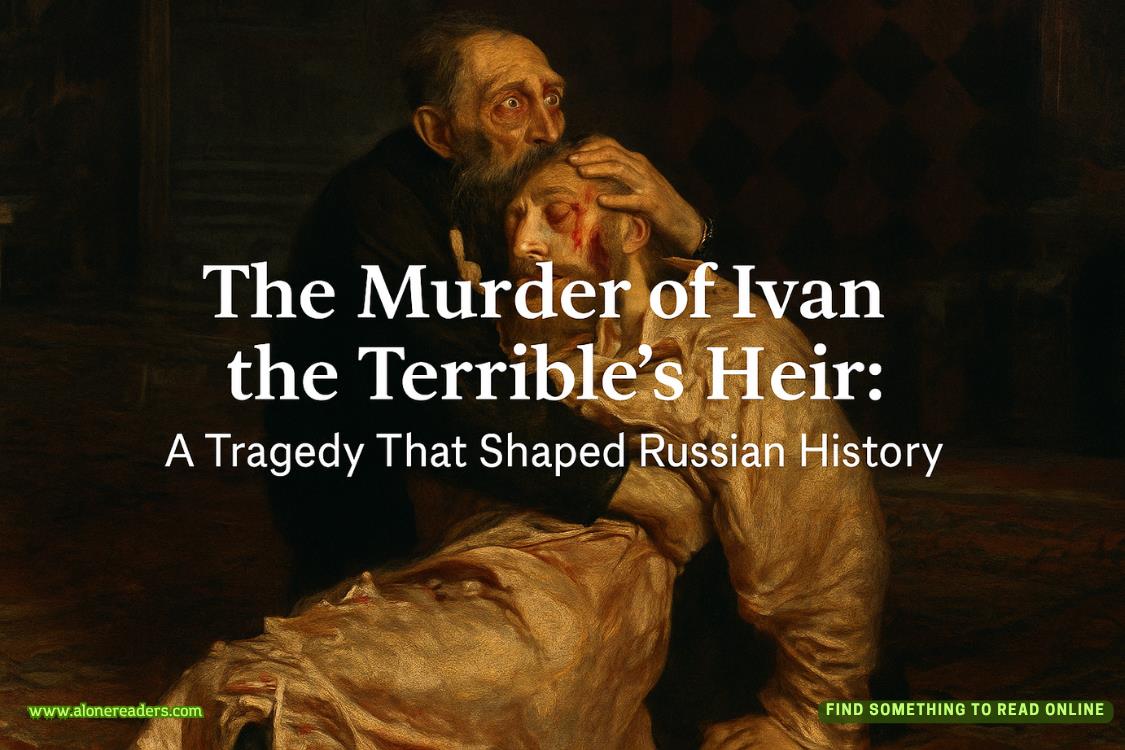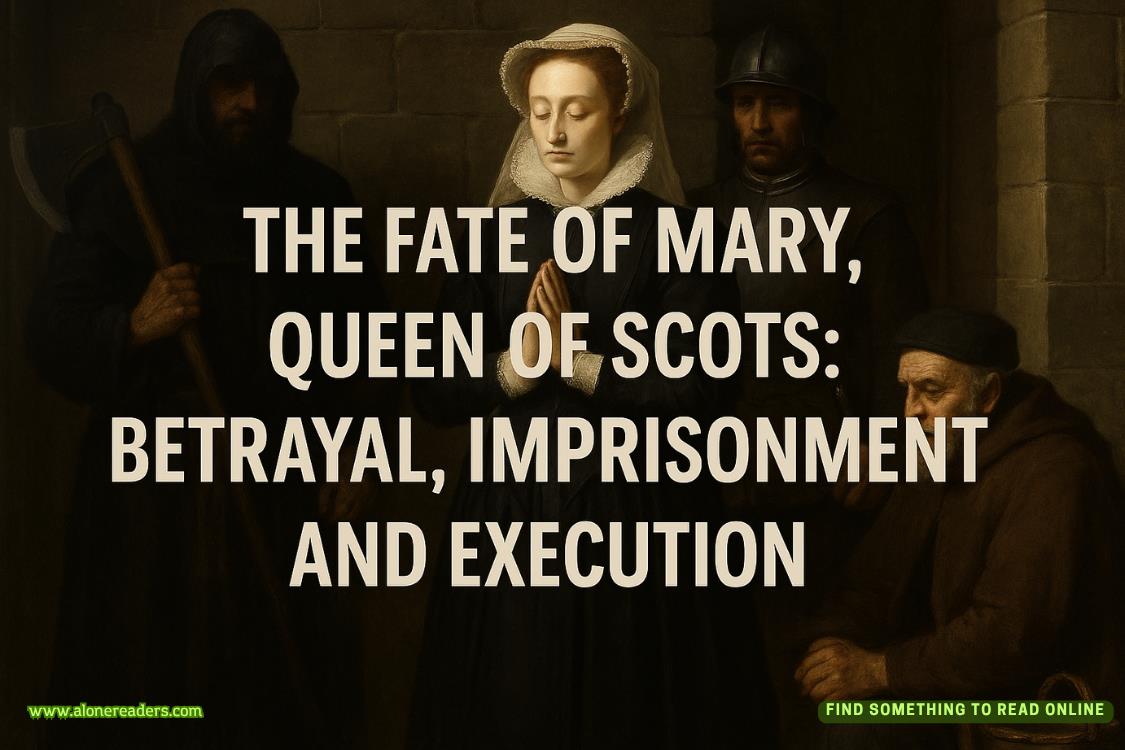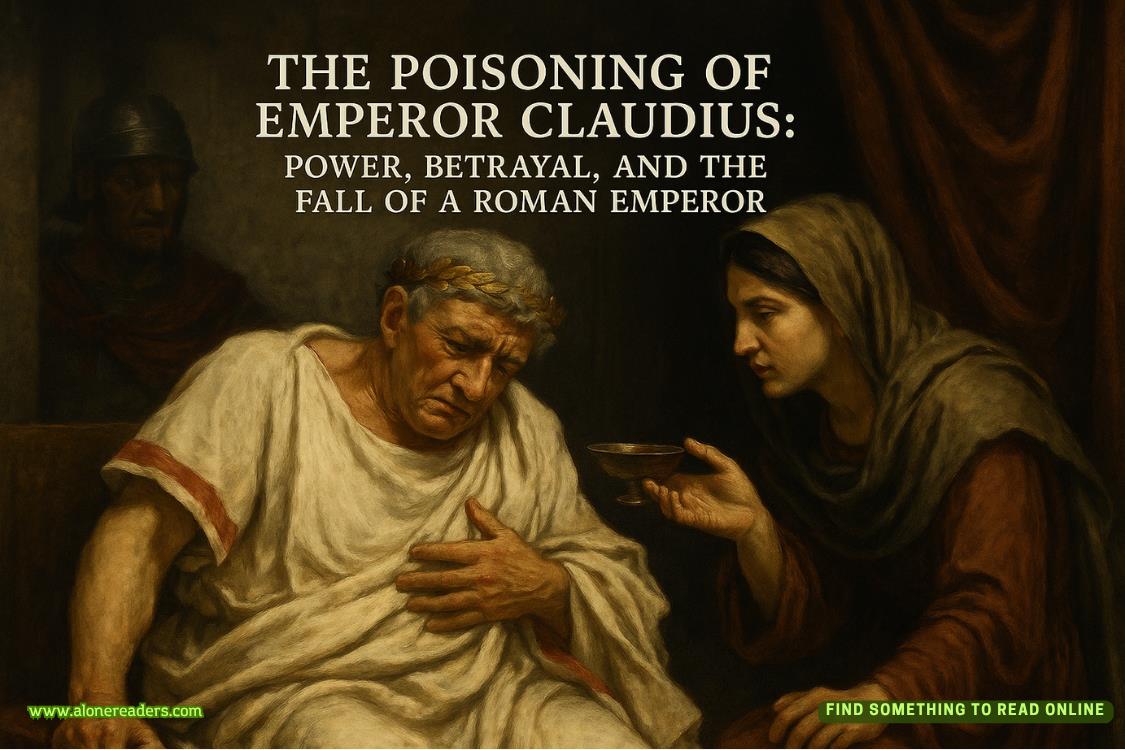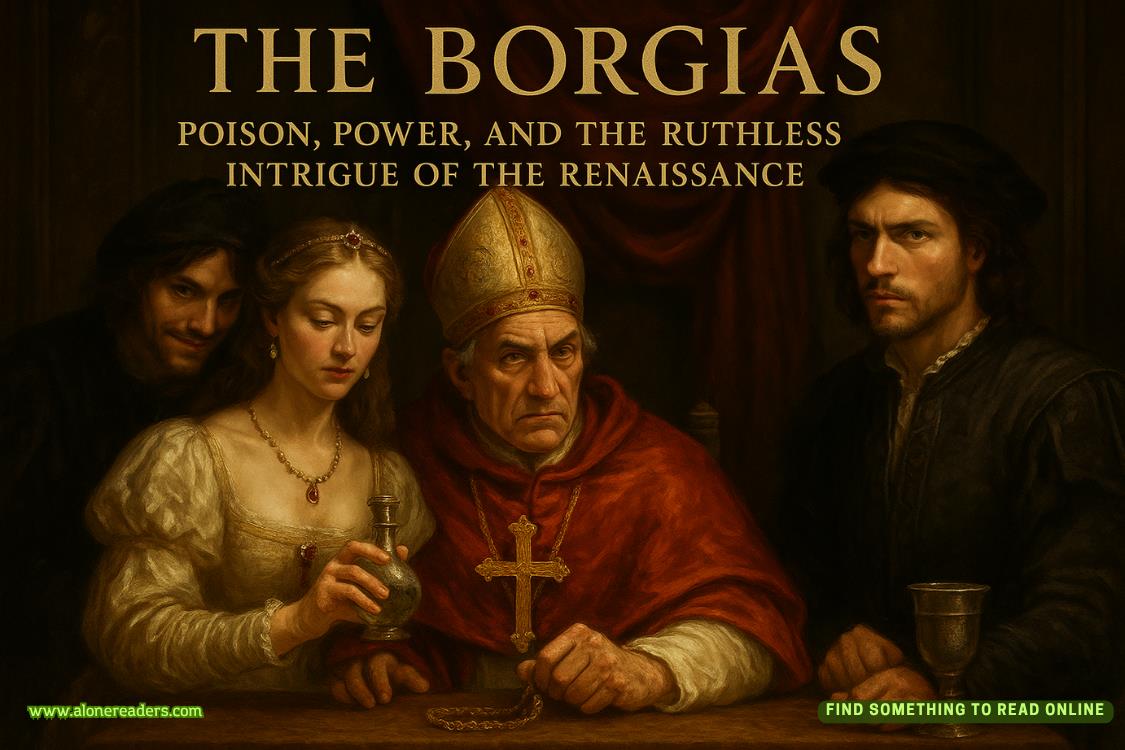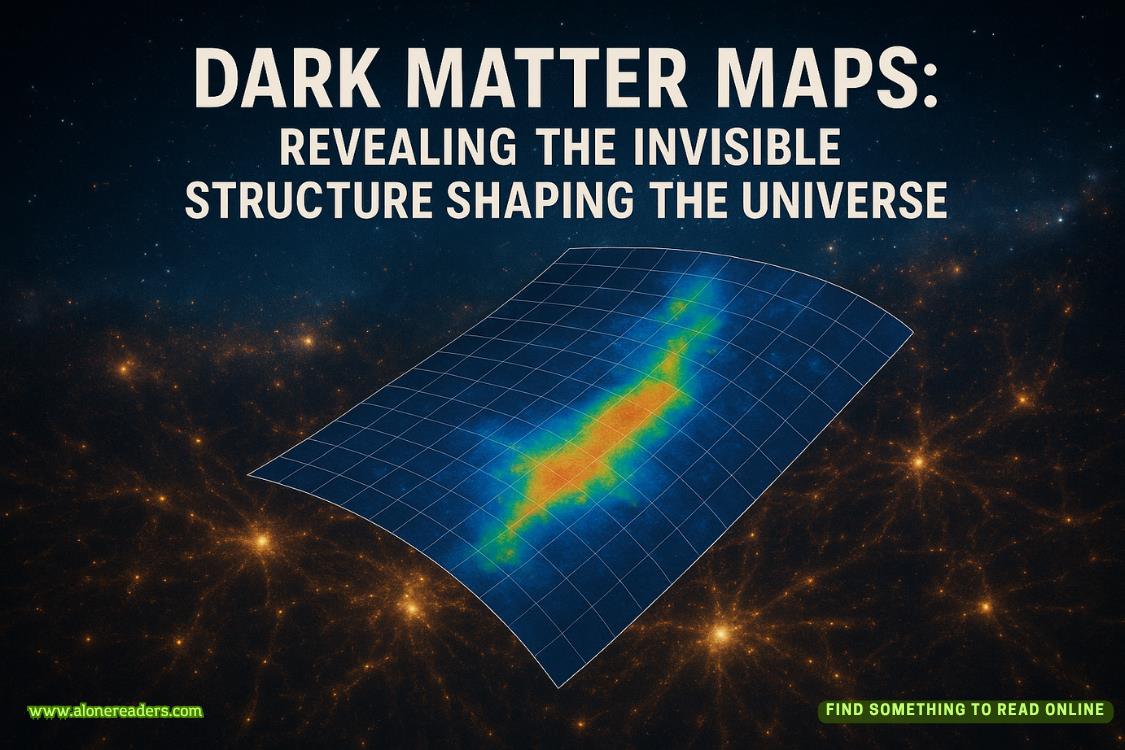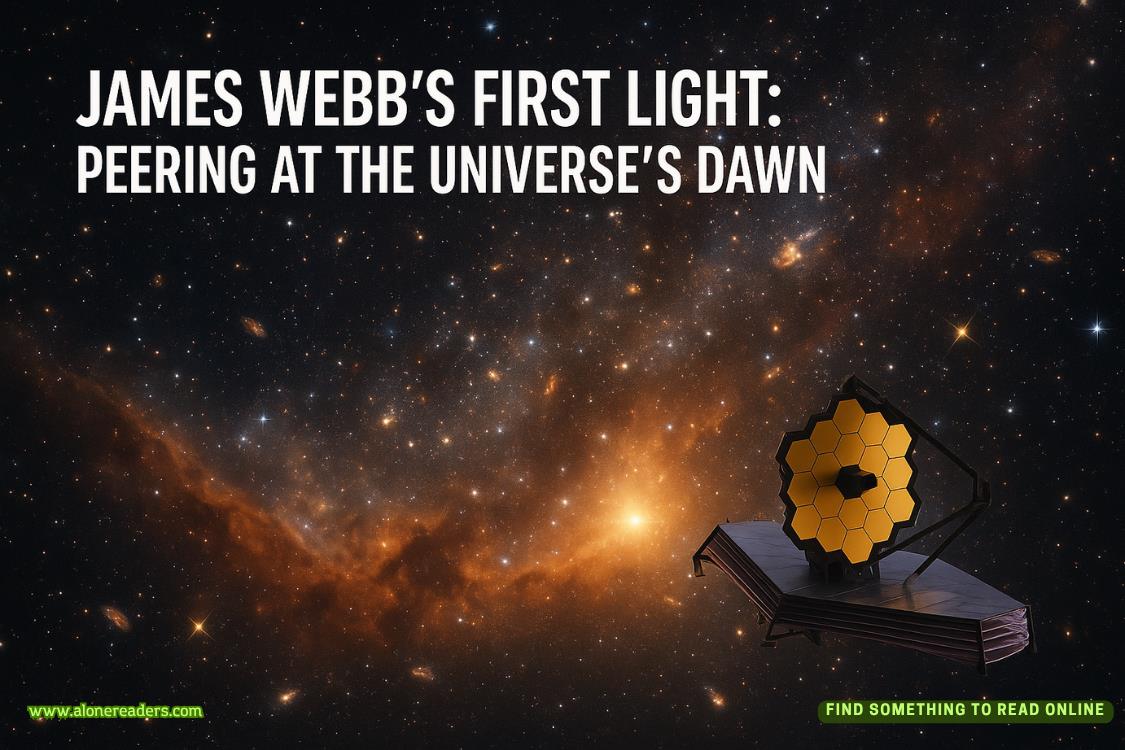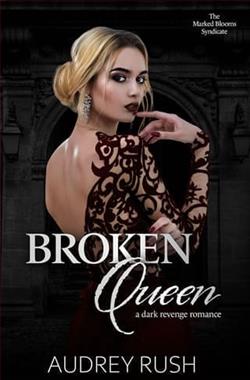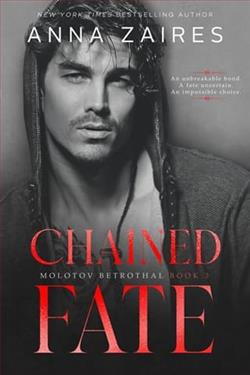Page 25 of The Secrets of Lord Grayson Child
Izzy blew out a breath. “So wrecking the negatives was his true aim, and the question we should be asking is what did Quimby photograph that the killer didn’t want published—inThe Crieror anywhere else?”
Lipson was nodding. “That makes more sense than anything else, but would it have been an exposure he took recently or one sometime back?”
“Recently,” Maguire answered. “In fact, most likely something he’d photographed that day.” The typesetter looked at Izzy and Gray. “Quimby worked on a weekly system. Most of the exposures he took in weeks past would already be published, either by us or the other papers he supplied. He only ever did as many as he needed—as he was contracted to supply. Three for us and however many for the others. The process is expensive, after all.”
“And,” Gray said, “he was always saving for the next piece of equipment.”
Maguire nodded. “Exactly. He’d go walking around town during the week, getting ideas for the scenes he needed to produce that week, then on Thursday or Friday, he’d go out and take the shots, usually all in one day. He once told me that way, he could develop them in a batch, all together, and so save on the solutions and such.”
“That’s how he worked,” Digby put in. “He liked to take his photographs and develop them all in one day, so if any had to be retaken, he’d have time before he needed to submit them.”
Izzy glanced at Gray. “So most likely Quimby took the photograph that led to his death sometime yesterday.”
“The killer probably saw Quimby taking the photograph,” Lipson said. “He had to set up his camera and tripod, so he would have stood out.”
“But,” Maguire went on, “the killer wasn’t close enough to stop Quimby taking the photograph, so he followed him and—perhaps—tried to get Quimby to sell him the photograph—”
“Which Mr. Quimby would never do,” Digby averred. When everyone looked at him, he blushed and offered, “It’s one of those things about professional photographers.”
Not unkindly, Tom Lipson ragged him, “And how would you know about that, young devil?”
Digby glanced at Izzy, and when, clearly curious, she looked at him inquiringly, he offered, “Mr. Q took me around to the Society of Photographers—he introduced me as his assistant. He said ’cause I was interested, I should learn about things from people who knew. Seeing as I was only an assistant, the president said I could join for just a shilling a year, and Mr. Q paid that, so I’ve been going every week—the society meets every Sunday afternoon and every second Tuesday—and listening and learning.” He looked at Tom. “And that’s one of those things I learned—that professional photographers always give their clients the photographs taken for them and never give the photographs to anyone else, no matter what’s offered.”
Izzy nodded. “Yes, I see. It’s a matter of honoring the contract.”
“Yes,” Digby said, “that’s how they describe it. Honoring the contract.”
“All right.” Gray was starting to see how the murder might have come to be. “Let’s say we’re right, and Quimby took a photograph the killer, for whatever reason, didn’t want anyone to see. The killer approaches Quimby, offering to buy that exposure from him, but Quimby refuses.”
“He’d be gruff and dismissive about it, too,” Lipson Senior said.
Gray nodded, feeling increasingly sure of their hypothesis. “And let’s say that in rejecting the killer’s offer, Quimby mentions that the photographs are destined to be published in various papers.”
“Ooh, the killer wouldn’t have liked that.” Mary’s eyes were round.
“Exactly,” Gray agreed. “In fact, the killer might have had reason to fear that, and so felt he had no alternative but to follow Quimby, kill him, and then ruin all the exposures he could find, just to make sure he ruined the one he didn’t want anyone to see.”
Gray glanced at Digby. “I imagine that to people who know nothing about photography, all daguerreotype plates look alike?”
Digby nodded. “Can’t tell one from the other until they’re developed and the image stabilized.”
“Put together,” Izzy said, “that makes more sense than anything else as to why Quimby was murdered, but with all Quimby’s plates destroyed, how are we to tell which photographs he took yesterday, much less which was the critical one that set the killer after him?”
She wasn’t surprised to see most of the others, including Gray, grimace, but Digby looked confused.
When he saw her observing him, he shifted nervously and looked even more unsure.
“Digby? What is it?” she asked.
Still looking uncertain, he replied, “I haven’t searched the darkroom, ma’am—I only looked at the plates and to see they’d all been pulled out and wrecked, like the policeman said. But I didn’t see any of the calotype negatives, and I didn’t look in the drawer.” He glanced at the others. “I only looked around quick-like, but it seemed that Mr. Q had come in, put the day’s negatives safely in the drawer like he always did, then set about making up the solutions.”
Digby returned his gaze to Izzy’s face. “So did the man who wrecked the plates ruin the calotype negatives as well?”
For a moment, Izzy stared—along with everyone else—then asked, “Digby, what are these ‘calotype negatives’?”
“They’re the ones Mr. Q uses—” He broke off and amended, “Used these days. They’re the latest thing, see? Well, they have been for a few years, ’parently, but in England, you have to pay a license fee to some man to use them, so not many photographers do. But Mr. Q sprung for the license the beginning of last year, and he’s been using the new calotype process ever since. The negatives aren’t glass plates—like with daguerreotypes. They’re more like thick paper.” He glanced toward the darkroom. “And I didn’t see any of them in the mess.”
“Are you saying,” Gray asked, “that Quimby was using a different system—that the photographs he took yesterday would have been on some sort of paper and not on glass plates?”
